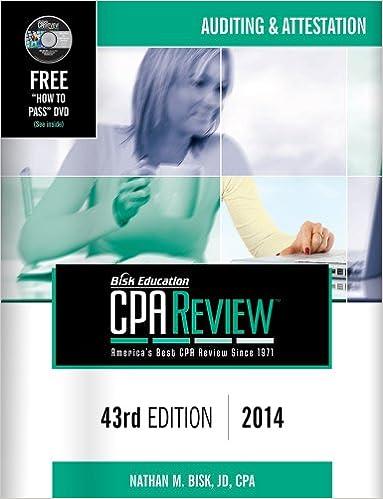Benson Delivery is a small company that transports business packages between New York and Chicago. It operates a fleet of small vans that moves packages to and from a central depot within each city and uses a common carrier to deliver the packages between the depots in the two cities. Benson Delivery recently acquired approximately $6.4 million of cash capital from its owners, and its president, George Hay, is trying to identify the most profitable way to invest these funds. Todd Payne, the company's operations manager, believes that the money should be used to expand the fleet of city vans at a cost of $750,000. He argues that more vans would enable the company to expand its services into new markets, thereby increasing the revenue base. More specifically, he expects cash inflows to increase by $260,000 per year. The additional vans are expected to have an average useful life of four years and a combined salvage value of $108,000. Operating the vans will require additional working capital of $50,000, which will be recovered at the end of the fourth year. In contrast, Oscar Vance, the company's chief accountant, believes that the funds should be used to purchase large trucks to deliver the packages between the depots in the two cities. The conversion process would produce continuing improvement in operating savings and reduce cash outflows as follows: Year 1 $167,000 Year 2 $324,000 Year 3 Year 3 $391,000 Year 4 $434,000 The large trucks are expected to cost $830,000 and to have a four-year useful life and a $81,000 salvage value. In addition to the purchase price of the trucks, up-front training costs are expected to amount to $11,000. Benson Delivery's management has established a 12 percent desired rate of return. (PV of $1 and PVA of $1) (Use appropriate factor(s) from the tables provided.) Required a.&b. Determine the net present value and present value index for each investment alternative. (Enter answers in whole dollar, not in million. Negative amounts should be indicated by a minus sign. Round your intermediate calculations and final answers to 2 decimal places.) Purchase of City Vans Purchase of Trucks a. Net Present Value (NPV) b. Present Value Index (PVI) Munoz Company manufactures a personal computer designed for use in schools and markets it under its own label. Munoz has the capacity to produce 39,000 units a year but is currently producing and selling only 14,000 units a year. The computer's normal selling price is $1,600 per unit with no volume discounts. The unit-level costs of the computer's production are $540 for direct materials, $170 for direct labor, and $150 for indirect unit-level manufacturing costs. The total product and facility-level costs incurred by Munoz during the year are expected to be $2,270,000 and $815,000, respectively. Assume that Munoz receives a special order to produce and sell 3,020 computers at $1,210 each. Required Calculate the contribution to profit from the special order. Should Munoz accept or reject the special order? Contribution to profit Should Munoz accept or reject the special order









